Donghan Liu
A Simple Asymmetric Momentum Make SGD Greatest Again
Sep 05, 2023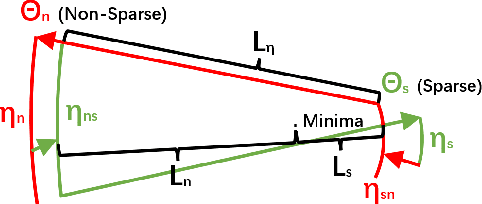

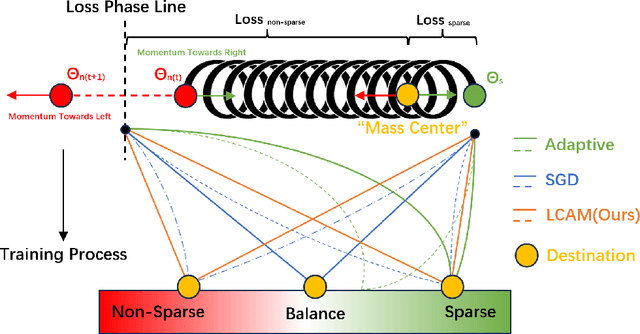
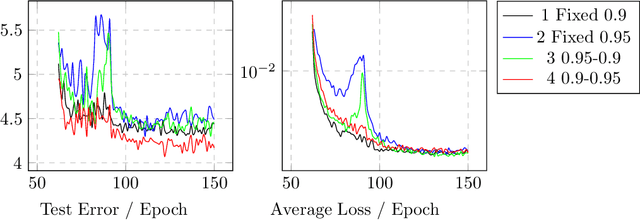
Abstract:We propose the simplest SGD enhanced method ever, Loss-Controlled Asymmetric Momentum(LCAM), aimed directly at the Saddle Point problem. Compared to the traditional SGD with Momentum, there's no increase in computational demand, yet it outperforms all current optimizers. We use the concepts of weight conjugation and traction effect to explain this phenomenon. We designed experiments to rapidly reduce the learning rate at specified epochs to trap parameters more easily at saddle points. We selected WRN28-10 as the test network and chose cifar10 and cifar100 as test datasets, an identical group to the original paper of WRN and Cosine Annealing Scheduling(CAS). We compared the ability to bypass saddle points of Asymmetric Momentum with different priorities. Finally, using WRN28-10 on Cifar100, we achieved a peak average test accuracy of 80.78\% around 120 epoch. For comparison, the original WRN paper reported 80.75\%, while CAS was at 80.42\%, all at 200 epoch. This means that while potentially increasing accuracy, we use nearly half convergence time. Our demonstration code is available at\\ https://github.com/hakumaicc/Asymmetric-Momentum-LCAM
Deep Learning-based Stress Determinator for Mouse Psychiatric Analysis using Hippocampus Activity
Jun 27, 2020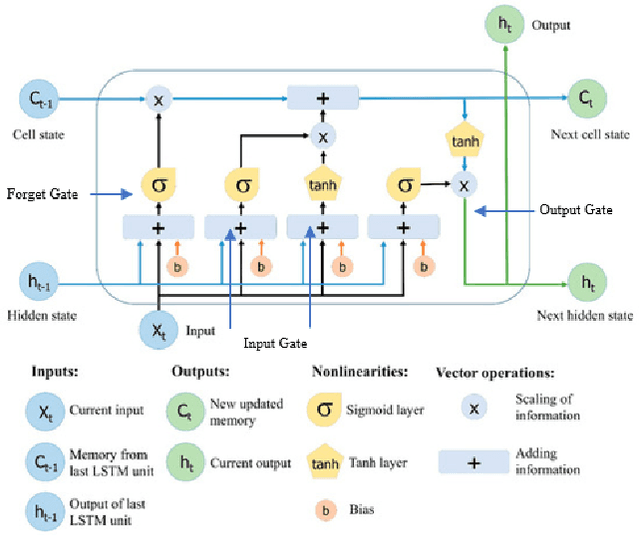

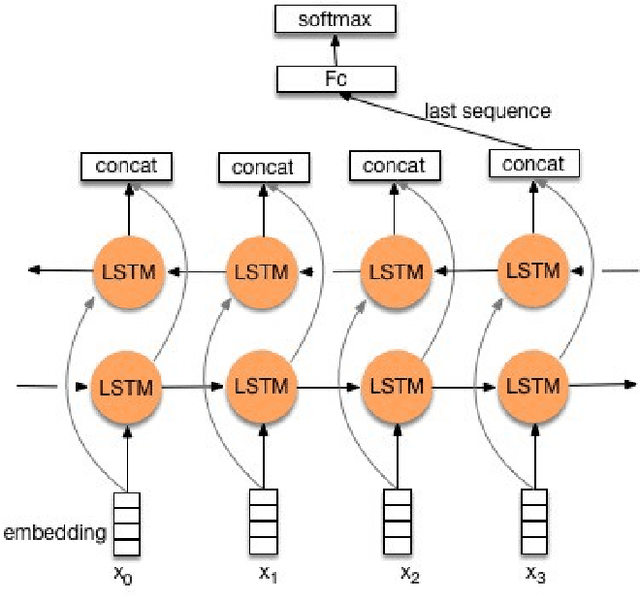
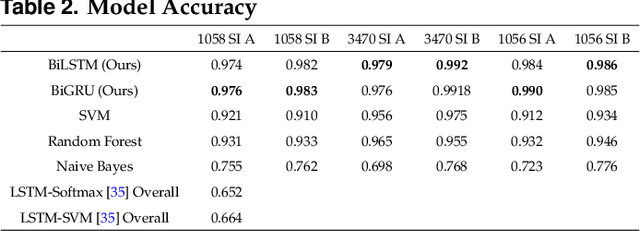
Abstract:Decoding neurons to extract information from transmission and employ them into other use is the goal of neuroscientists' study. Due to that the field of neuroscience is utilizing the traditional methods presently, we hence combine the state-of-the-art deep learning techniques with the theory of neuron decoding to discuss its potential of accomplishment. Besides, the stress level that is related to neuron activity in hippocampus is statistically examined as well. The experiments suggest that our state-of-the-art deep learning-based stress determinator provides good performance with respect to its model prediction accuracy and additionally, there is strong evidence against equivalence of mouse stress level under diverse environments.
 Add to Chrome
Add to Chrome Add to Firefox
Add to Firefox Add to Edge
Add to Edge